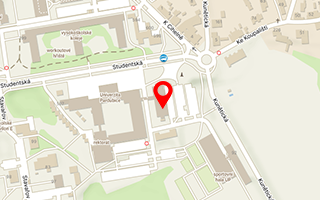Publikace detail
When Pompey’s Elephants Trumpeted for Mercy: Levinas and Solidarity for the Animal Face
Autoři:
Reyes Mira
Rok: 2021
Druh publikace: kapitola v odborné knize
Název zdroje: Love and Friendship Across Cultures : perspectives from East and West
Název nakladatele: Springer
Místo vydání: Singapur
Strana od-do: 83-97
